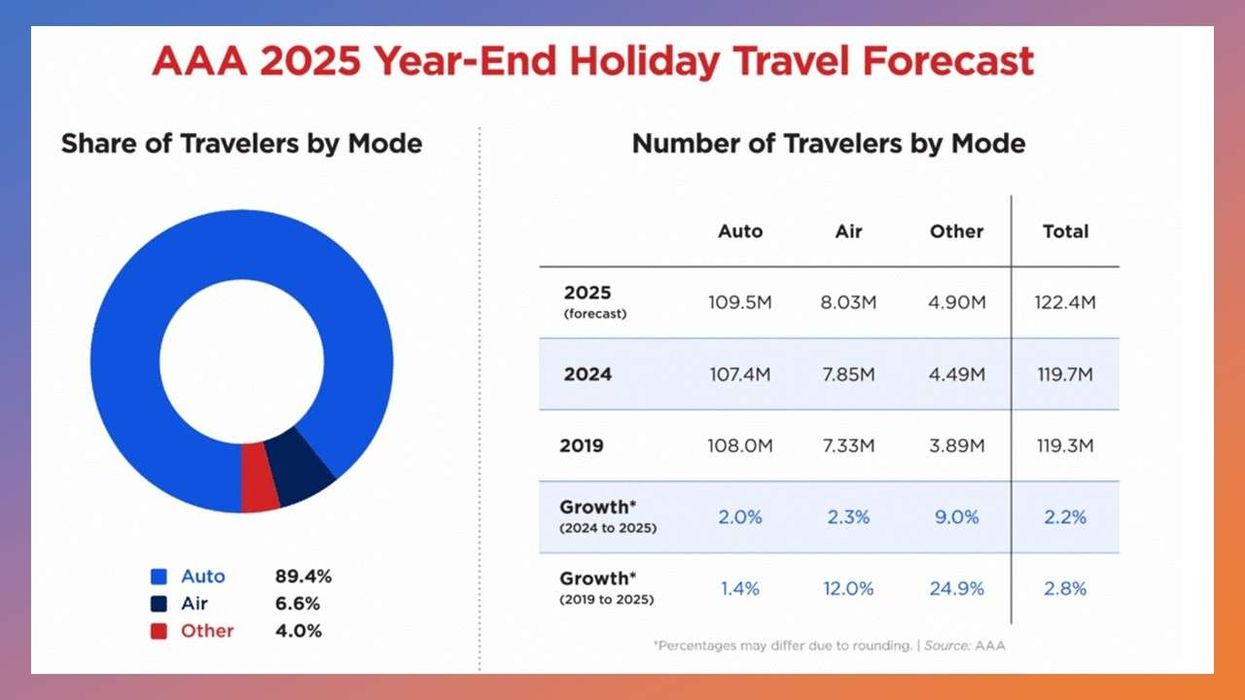The world of cryptocurrencies is rapidly expanding, with new digital assets and trading platforms emerging every day. In this dynamic environment, market makers are essential players contributing to the efficient exchange of cryptocurrencies and ensuring price stability.
In this article, we will explore the concept of cryptocurrency market making and its significance in the trading landscape. We will delve into the various strategies employed by market makers to manage their positions and reduce risks and discuss the importance of their activities in fostering growth and innovation within the crypto sector. So, whether you're a casual trader or an institutional participant, read on to discover all you need to know about crypto market making.
What is Crypto Market Making?
Crypto market making involves specialized entities, known as market makers, who play a crucial role in the trading landscape by providing continuous buy and sell prices on digital asset exchanges. These entities help facilitate the efficient conversion of assets like the Axie Infinity coin, Solana, Monero, and others by ensuring there is always a counterparty for market participants wishing to execute trades. A market making strategy in crypto is to ensure there is enough liquidity for digital assets and they can be easily traded. It is especially important for less popular assets or those that lack trading volume on the market. In addition, market makers act as price stabilizers for popular assets like Bitcoin, absorbing excess demand and protecting against sharp price jumps.
Market makers may be high-frequency traders, financial institutions, investment banks, proprietary trading firms, or even individual professional traders. They choose a market-maker crypto exchange to cooperate with and use its trading tools to add liquidity as efficiently as possible. In return for added liquidity, exchanges provide makers with advanced instruments and fee rebates, often even zero maker fees.
Market makers profit from the spread, the difference between the buying and selling prices, which they work to keep as narrow as possible to maintain competitive trading conditions.
Crypto Market Making Importance
The significance of crypto market making services lies in their ability to inject liquidity and ensure price stability within the volatile crypto markets. By always being ready to buy or sell, market makers ensure that traders can execute transactions swiftly and at predictable prices. It is vital for both casual traders and institutional participants.
The constant presence of buy and sell orders reduces the likelihood of price manipulation and helps maintain a fair trading environment, which is crucial for attracting further investment into the crypto sector.
Market makers often provide their services to young projects and tokens that lack liquidity. They create organic demand for them, stimulating liquidity and initiating active trading for those tokens. In such a way, they make new tokens visible and attractive to investors. In addition, such services contribute to the approval of token listing on large exchanges.
Crypto Market Making Strategies
Market makers utilize a variety of strategies to manage their positions and control risks, including:
- Arbitrage trading. This crypto market making strategy involves taking advantage of price discrepancies for the same crypto across different trading platforms. For instance, if AXS coin is selling for $10.00 on one exchange and $10.20 on another, a market maker might buy it at the lower price and sell at the higher price, pocketing the difference.
- Market pegging. This crypto market maker strategy aims to maintain the stability of a cryptocurrency’s price relative to a set benchmark or index. Market makers constantly adjust buy and sell orders to align the market price with a targeted value.
- Statistical arbitrage. Utilizes math models to identify and exploit price patterns based on historical data, helping market makers make informed trading decisions.
- Delta hedging. Involves taking offsetting positions in derivatives markets to neutralize the risk associated with price fluctuations in the spot markets. This strategy is particularly relevant when market makers hold large positions in a cryptocurrency.
- Order book imbalance crypto market maker strategy. By analyzing real-time order flow, market makers can anticipate price movements based on the demand (buy orders) and supply (sell orders) visible in the order book. They adjust their prices accordingly to capitalize on these imbalances and manage their assets.
Conclusion
Market making in crypto is a cornerstone of the digital asset trading ecosystem. Through strategies like arbitrage trading, order book analysis, and risk management techniques such as delta hedging, market makers not only profit from their operations but also contribute to the market's liquidity and stability.
Market makers’ activities help ensure that cryptocurrencies remain accessible and attractive to a broad range of market participants. They foster growth and innovation within the sector, helping new projects gain exposure to investors and maintaining liquidity in crypto trading platforms. Thus, the health and efficiency of financial platforms are closely tied to the role of market makers.











